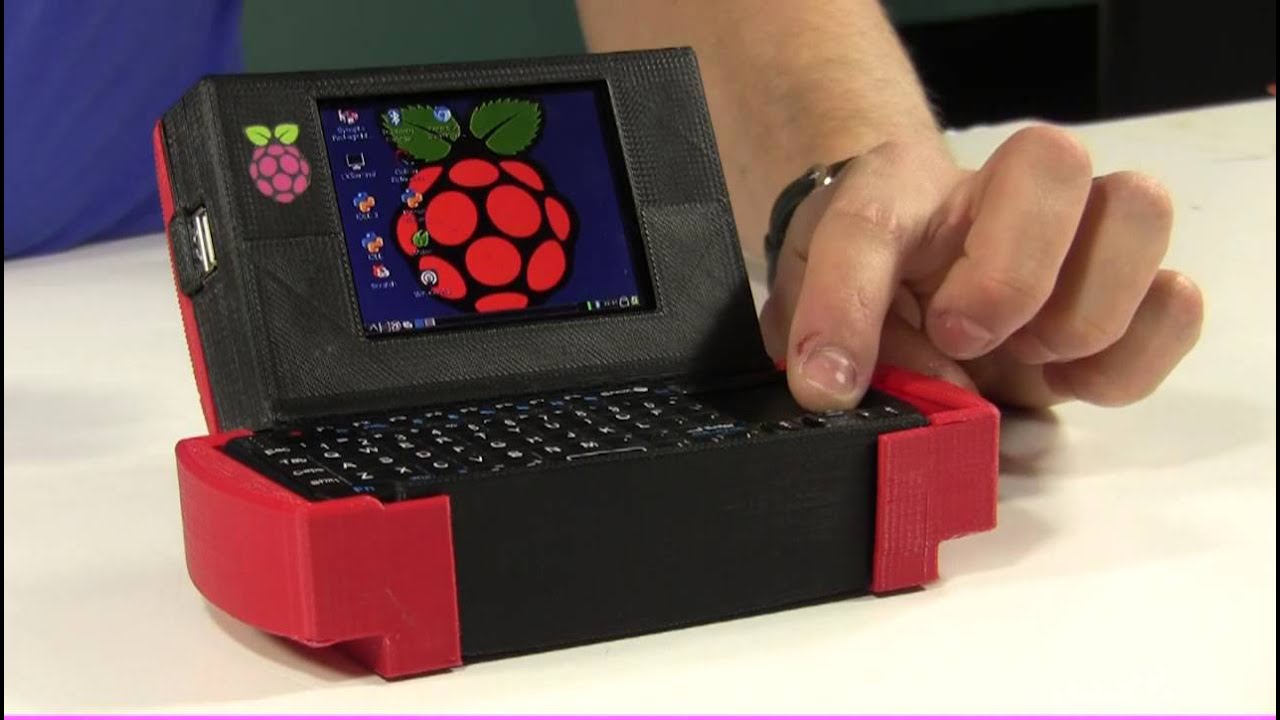Hey all,
I've been playing around with the various "system on a chip" boards out there, namely the obvious ones i.e. Pi 2, Beaglebone, ODroid, Minnowboard.
And I've been thinking, we really don't buy these hand held devices for their internals, we buy them for their externals.
With the exception of the Minnowboard, all of these boards are basically cheap ARM based systems on a chip that really only require a ARM compatible Linux distro to get running.
To make this actually work you'd need...
What do you guys think about just a Pandora-Like enclosure for these sort of project boards? It obviously wouldn't be a minor undertaking for Prya or a 3rd party, but I think it may cater better to the "enthusiast" market than a enclosure married to its board.
Thoughts? Comments? Criticisms?
I've been playing around with the various "system on a chip" boards out there, namely the obvious ones i.e. Pi 2, Beaglebone, ODroid, Minnowboard.
And I've been thinking, we really don't buy these hand held devices for their internals, we buy them for their externals.
With the exception of the Minnowboard, all of these boards are basically cheap ARM based systems on a chip that really only require a ARM compatible Linux distro to get running.
To make this actually work you'd need...
- The enclosure to accommodate a range of dimensions which could contribute to bulk... or focus on one board series that would probably have consistent dimensions with new versions.
- A universal JAMMA style adapter for connecting to the enclosure which could probably fit to new boards with no soldering.
- Drivers for the controller / keyboard mechanisms .
What do you guys think about just a Pandora-Like enclosure for these sort of project boards? It obviously wouldn't be a minor undertaking for Prya or a 3rd party, but I think it may cater better to the "enthusiast" market than a enclosure married to its board.
Thoughts? Comments? Criticisms?


